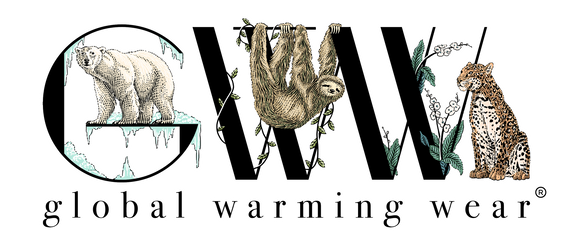Microplastics 101: How Bad is The Problem (Part I)
When we talk about plastic pollution, most people think of large plastics floating on the surface of the oceans. Although they’re part of the problem, that’s just the tip of the iceberg and definitely not the only thing to worry about.
There’s another issue that often goes unnoticed and it’s more difficult to solve: the existence of microplastics. If you’d like to learn why we should be concerned about microplastics too, keep reading!
What Are Microplastics?
As you’re probably guessing, they’re tiny pieces of plastic. Commonly, the term “microplastic” refers to any piece of plastic smaller than 5 millimeters. And while some microplastics are easy to recognize, many others are invisible to the naked eye!
But, where do they come from?
Unfortunately, there’s more than one source. For example, some of them are unintentionally created when larger plastics, like your plastic bottle, break down in the environment. Many others come from accidental spills of tiny plastic pellets or the wear and tear of car tires on the street.
Likewise, we also release tiny plastic fibers into the environment every time we wash our clothes. And what’s worse, some brands intentionally add microplastics (known as microbeads) to personal care products, like face scrubs and body washes!
Where Can We Find Microplastics?
Believe it or not, microplastics have reached every part of our planet: oceans, rivers, lakes, Arctic snow and Antarctic ice, soil, air, seafloor, beach sand, you name it. From high up Mount Everest to the deepest oceans, you can find microplastics anywhere you could think of, even in your foods and drinks!
That’s right, they can be found in fish, seafood, table salt, bottled water, honey, sugar, beer, and others. Not only are you eating and drinking tiny particles of plastic every day but you’re also breathing them in.
With that in mind, it should come as no surprise that these problematic plastics have been found in human poop and even in human placentas!
Why Are Microplastics Bad? Are They Harmful?
Now that you know microplastics are everywhere, you may be wondering what effects they could have on the environment, wildlife, and our health. So, let’s see some of them:
Environmental Impacts
Many of us know how harmful plastic bags can be for wildlife, but what about microplastics? The truth is that even the tiniest piece of plastic can affect marine animals. Since microplastics are often the same size as their prey, they end up eating these plastics and don’t get enough food to survive.
Microplastic fibers can also wrap around small marine organisms, like zooplankton. As a result, they make it difficult for these little buddies to swim, find food, grow, and reproduce.
They can even release harmful chemicals into the soil and change how earthworms behave, which disturb the soil condition.
Human Health Impacts
As you might have noticed before, we’re eating, drinking, and inhaling microplastics. On average, we’re ingesting around 5 grams of plastic per week. That’s equivalent to a credit card!
So, how could this impact our health?
Here’s the scary part: The answer is still unknown. That said, let’s not forget that plastics carry toxic chemicals, which disturb the body's hormone systems. And we’re also ingesting them.
On the other hand, if they’re small enough to be considered “nanoplastics”, they could irritate cells or tissues and even damage respiratory systems!
Despite their size, microplastics can cause a lot of problems for the environment and our health. But hey! Would you like to tackle this situation? Don’t miss the second part of this blog post to learn how you can help.
Stay tuned for our next post: Microplastics 101: What Can You Do? (Part 2)
